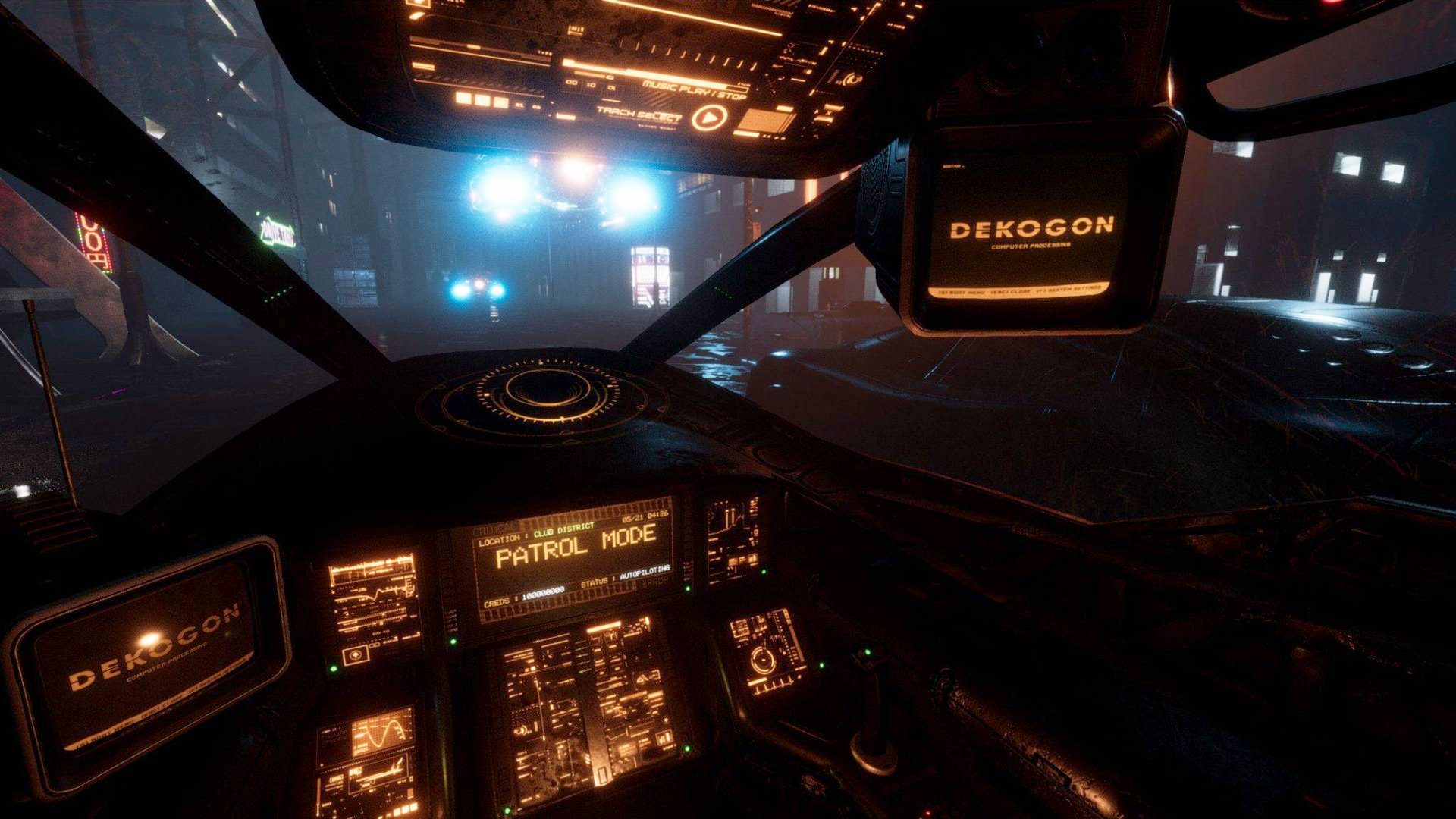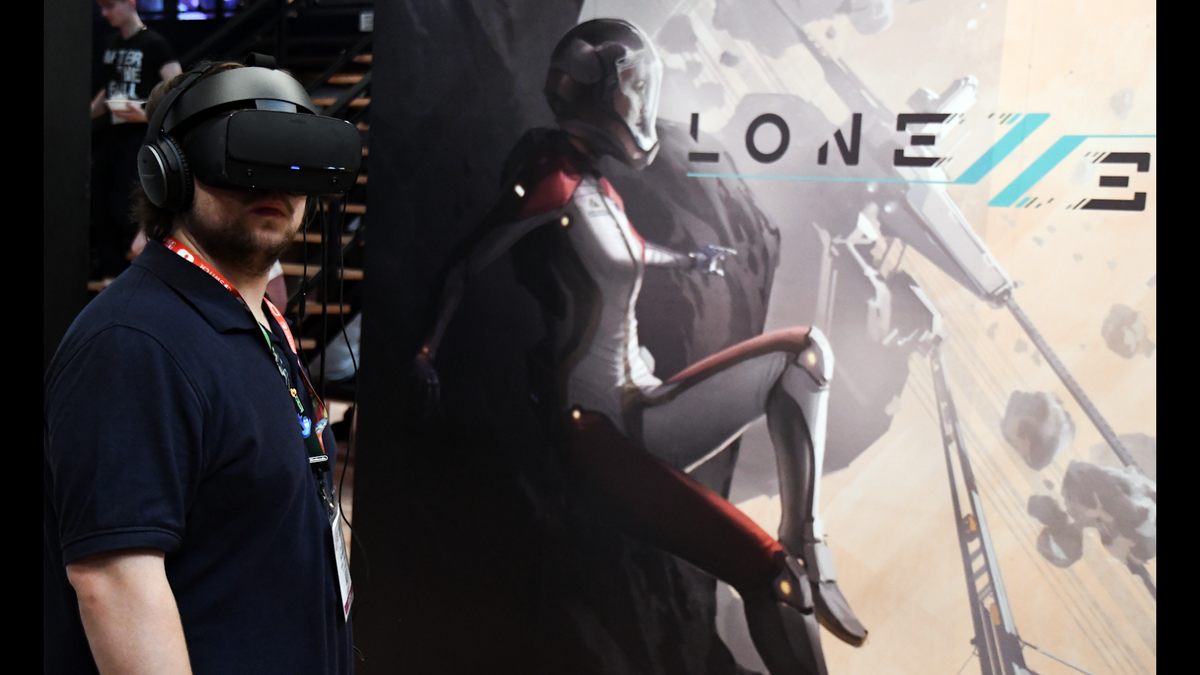Someone on reddit sent me the FoV data for Index, so my table is now "complete":
As I expected from the beginning, the total rendered FoV is quite similar to the Pimax "small" setting, with a bit less horizontal and a bit more vertical FoV.
Horizontal FoV
The rendered (and also visible, given that it's possible to see the screen edges on these HMDs out of the box) horizontal FoV is ~25° larger than on Rift (both CV1 and S). Comparing to Vive is more difficult since, by default, most people including me can't see the entire Vive FoV. It renders ~6° more than Vive/Pro, so that's the lower bound, but the difference in visible FoV is most likely a good bit larger than that for most.
Vertical FoV
The rendered vertical FoV is basically the same as on Vive, which means that it is best-in-class for consumer VR HMDs, and a good bit larger than on Rift, Pimax, and non-Samsung WMR HMDs. Again, more of it should be visible to most people than with the normal Vive/Pro setup.
Stereo Overlap and per-eye FoV
Stereo overlap is still very large, the only part where you don't get stereo is towards the very edges. What's interesting is that the rendered per-eye FoV is basically exactly the same as on Vive Pro. This is good in that it means the increased RGB subpixel resolution is spread across the same size, which means you should get better clarity.
However, due to the canting of the displays (and, for most people, being able to see the full rendered image unlike on the Pro), you get more total visible binocular FoV out of the same rendered FoV.

www.roadtovr.com





















